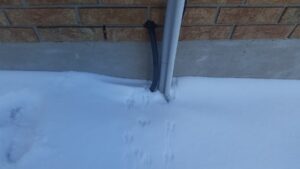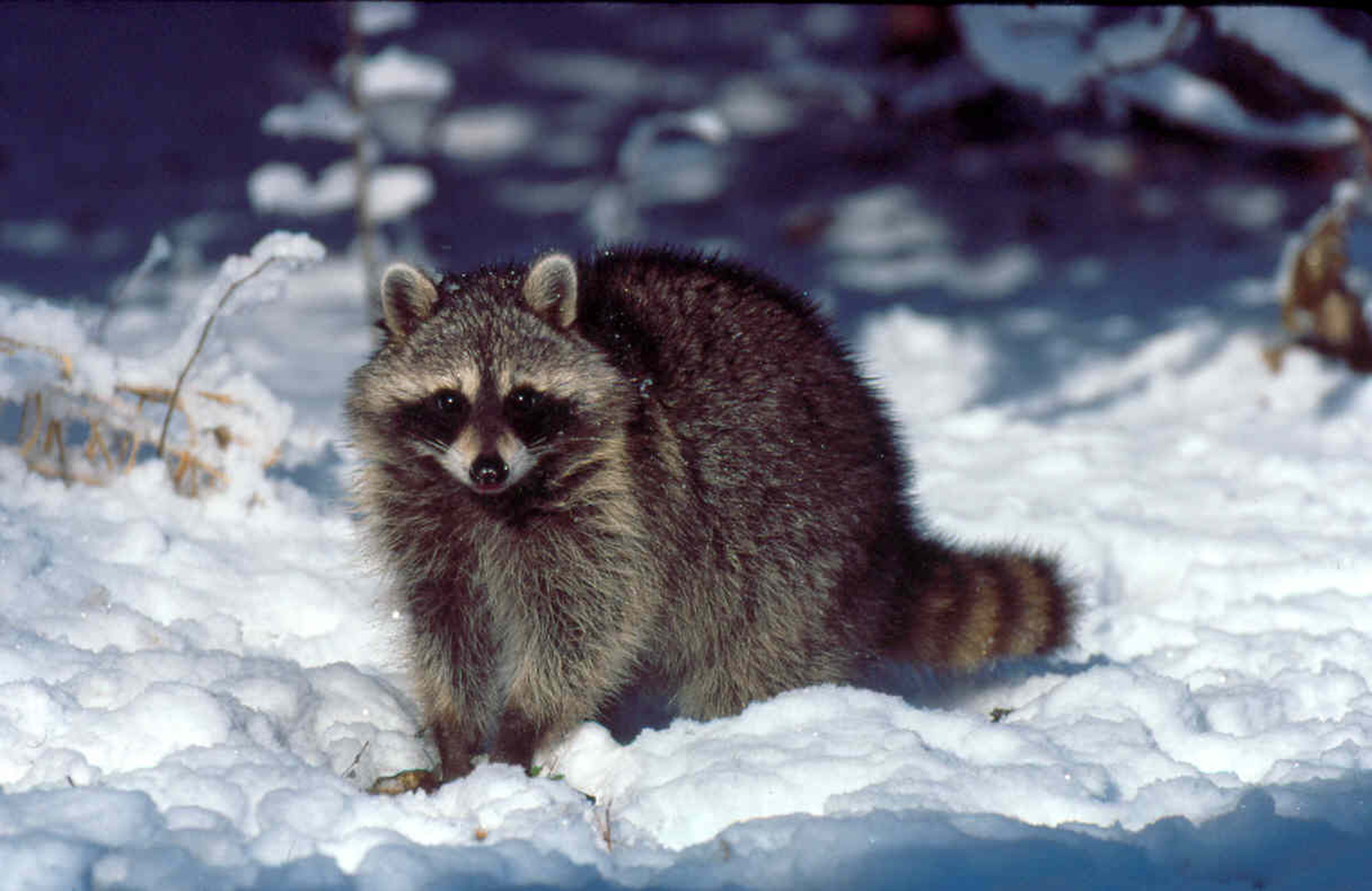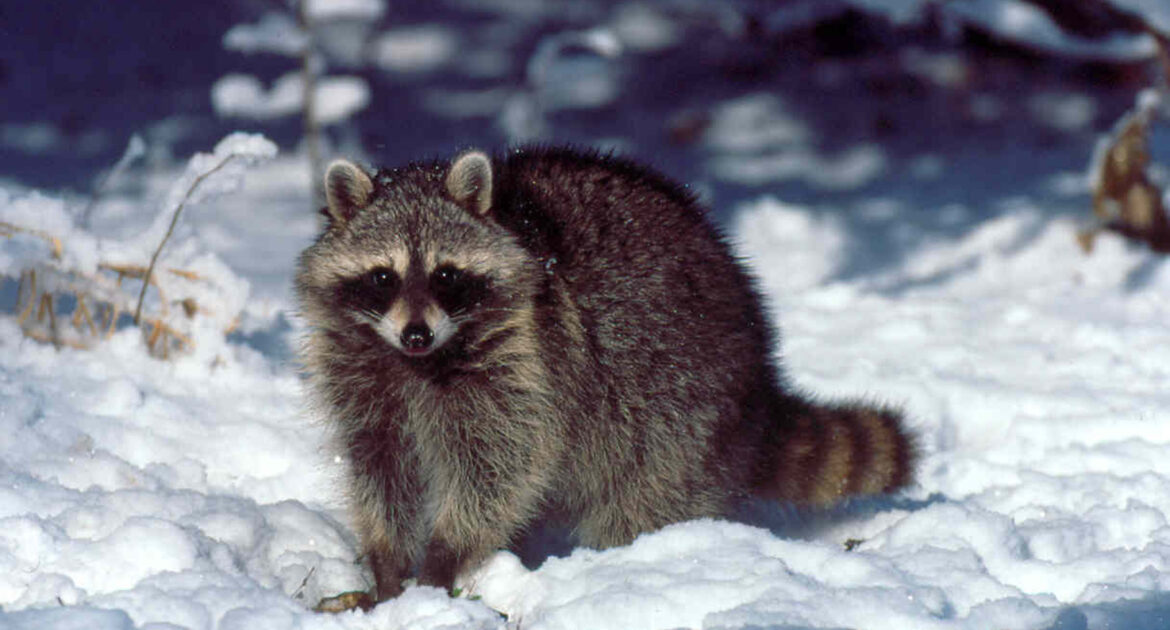‘Tis the season for giving good tidings, and gathering with family, so it’s understandable that one of the last things on homeowners’ minds is wildlife removal. Yet, just like humans do, small animals and critters have their own winter habits and like to cozy up for the winter in warm places. Unfortunately for you, that warm place may be your attic, crawlspace, shed or even your walls. When wildlife chooses to make your home their own for the winter, they can cause serious damage to your home’s structure and integrity. For this reason, it’s important to understand the winter habits of small creatures in your area and what you can do to protect against furry and feathered trespassers until the cold passes.
The Winter Habits of These Common Household Visitors
Birds, raccoons and mice, oh my! Though it is not unheard of for larger creatures such as large birds, wild cats, wild dogs and even bears to make their way indoors during the colder months, the animals you most have to concern yourself with are much smaller and less intimidating in nature. Below is the top wintertime wildlife that you may encounter near or within your home, and an overview of their typical wintertime habits.
Raccoons
Raccoons are opportunistic denning animals, meaning they will happily make homes out of everything from fallen tree trunks to abandoned burrows. This also means that they will happily den up in your convenient crawlspaces, attic or outbuildings.
That said, while raccoons are opportunistic, they are also wanderers of sorts. Though they will not stray far from their “home range,” they will switch dens every few days. There are two exceptions to this. The first is if a female is nursing a litter. She will continue to nurse her “kits” until they are old enough to move out. The second exception is if the raccoons decide to go into a state of deep slumber called torpor. Though they are not true hibernators, raccoons have been known to sleep in “gazes” (as their groups are called) for several weeks at a time.
If you spot signs of raccoons in or around your home, the best thing you can do is contact humane raccoon removal services. Though they may look cute and cuddly, raccoons can become aggressive toward you and your pets and can spread the diseases they often carry. Moreover, as scavengers, raccoons will eat just about anything — and they can get into just about anything. In addition to rummaging through residential trash cans and raiding pet food bins, raccoons have been known to pry open windows and sneak through dog doors. For these reasons, it is important to invest in wildlife removal in the winter.

Mice
As the temperatures drop and the snow makes it more difficult for tiny critters to find food, indoor mice activity ramps up. Mice are not hibernating creatures. In fact, they are the very opposite. While the rest of the animal kingdom sleeps winter away, mice scurry between food sources and shelter, both to keep warm and build up a store of food. Houses and other structures provide the perfect environments in which to do both. During the day, they can build their nests behind walls and in ceilings, and at night they can raid kitchens, pantries, trash cans and other places where food is commonly found.
Mice may seem harmless enough, but the truth is that for every one you see, another four or five are hiding in the shadows. Those four to five mice can quickly turn into hundreds and can cause significant structural damage to your home, while also spreading disease. Mice control early in the season can help you safeguard your home against infestations and redirect desperate field mice to other, more appropriate shelters.
Squirrels
Squirrels can cause a lot of damage to homes and yards during the winter, and the type of damage you can expect from squirrels depends largely on what species of squirrel is native to your environment. Most ground squirrels hibernate for the coldest months of the winter. However, other species, such as the Richardson’s ground squirrel, squirrel away (no pun intended) for as much as seven to nine months. If you have ground squirrels, you may think you are in the clear. Unfortunately, that is not necessarily the case. If ground squirrels hibernate too long into the warmer months, it could hinder the regrowth of your trees and other vegetation.
Tree squirrels and flying squirrels pose completely different issues for homeowners. Both types of squirrels are active year-round and tend to wreak havoc on homes and yards. During the winter, squirrels tear up well-groomed lawns in the hopes of finding and stockpiling their food pile. Not only that, but many tend to take up residence in sheds, attics, garages and other places in which they can find warmth.
Regardless of the type of squirrels you have in your yard, know that they could pose a problem to your home and yard come wintertime. Consult with a humane wildlife removal company to identify potential issues and possible solutions.
Keep Wildlife Out Through the Holidays and Beyond
Though they may not celebrate in the same way you do, species of wild creatures do have their set Christmas traditions. To ensure they do not interfere with yours, work with a humane wildlife removal company as the temperatures begin to drop. Contact Skedaddle to schedule an inspection today.




